Revascularization in Multiple Vessels-Juniper Publishers
Juniper Publishers-Journal of Cardiology
Abstract
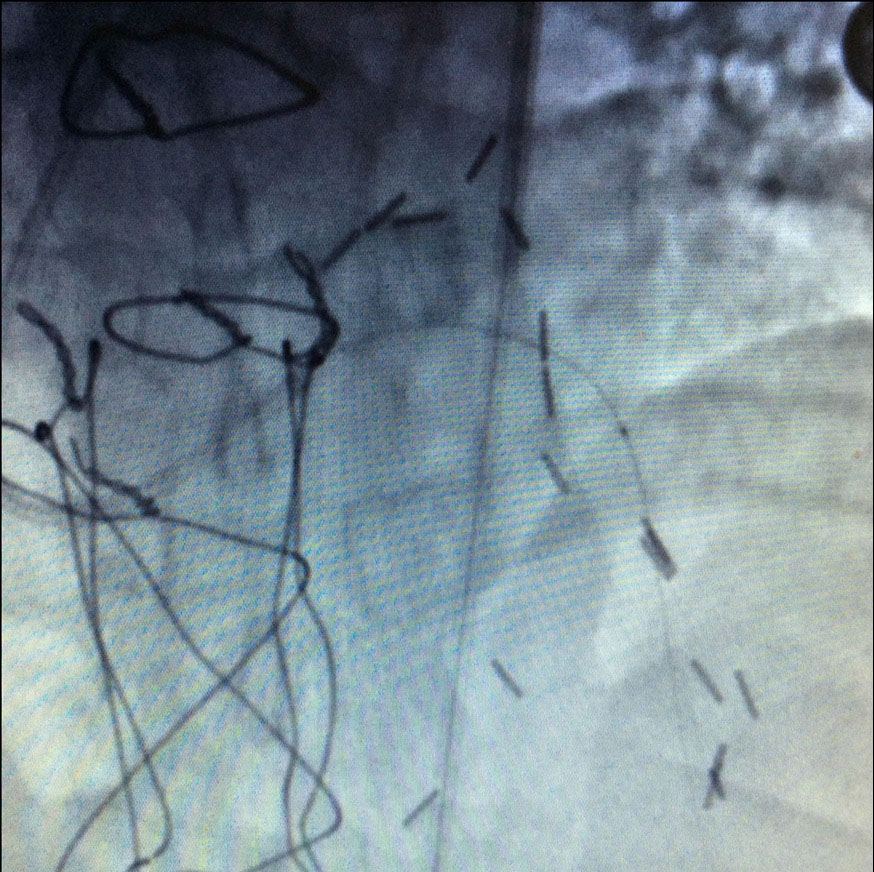
Figure 4:Balloon dilation was performed to open at the level of the anterior left descending artery the vessel starting with a 1.5x18mm Sprinter balloon (Medtronic).
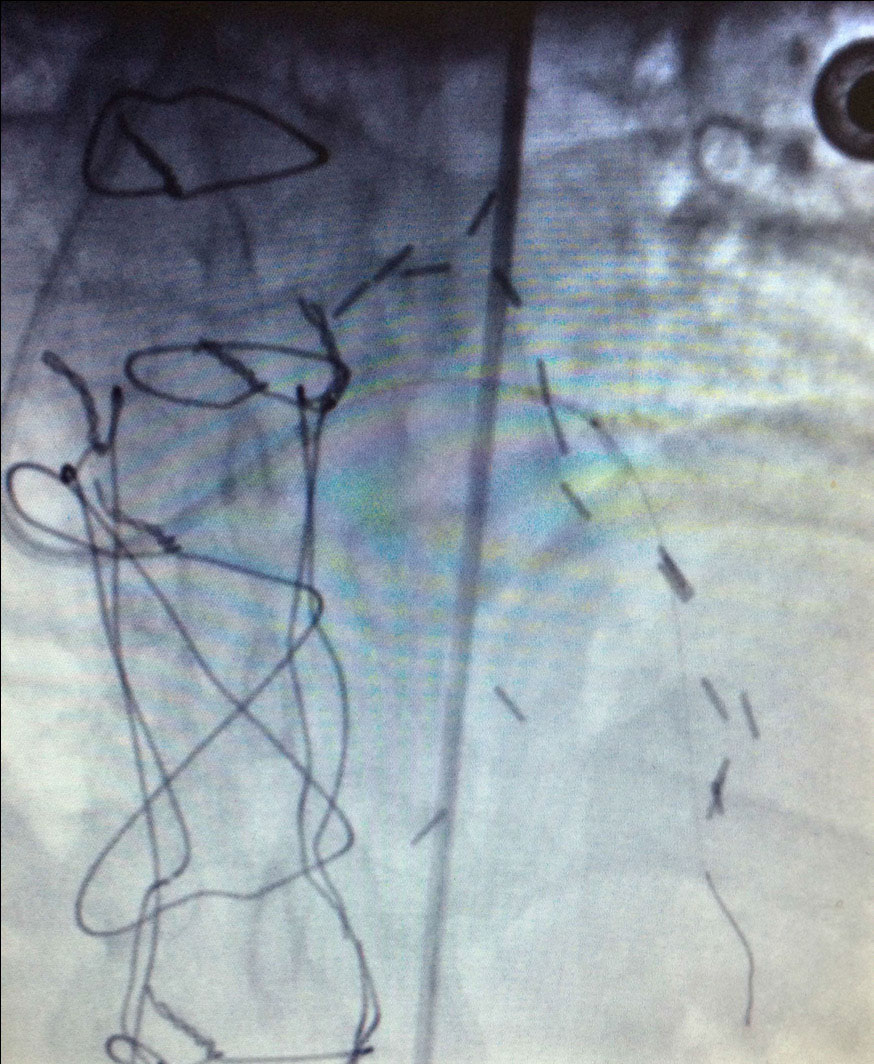
Figure 5:Balloon dilation was performed to open at the level of the anterior left descending artery the vessel starting with a 1.5x18mm Sprinter balloon (Medtronic).
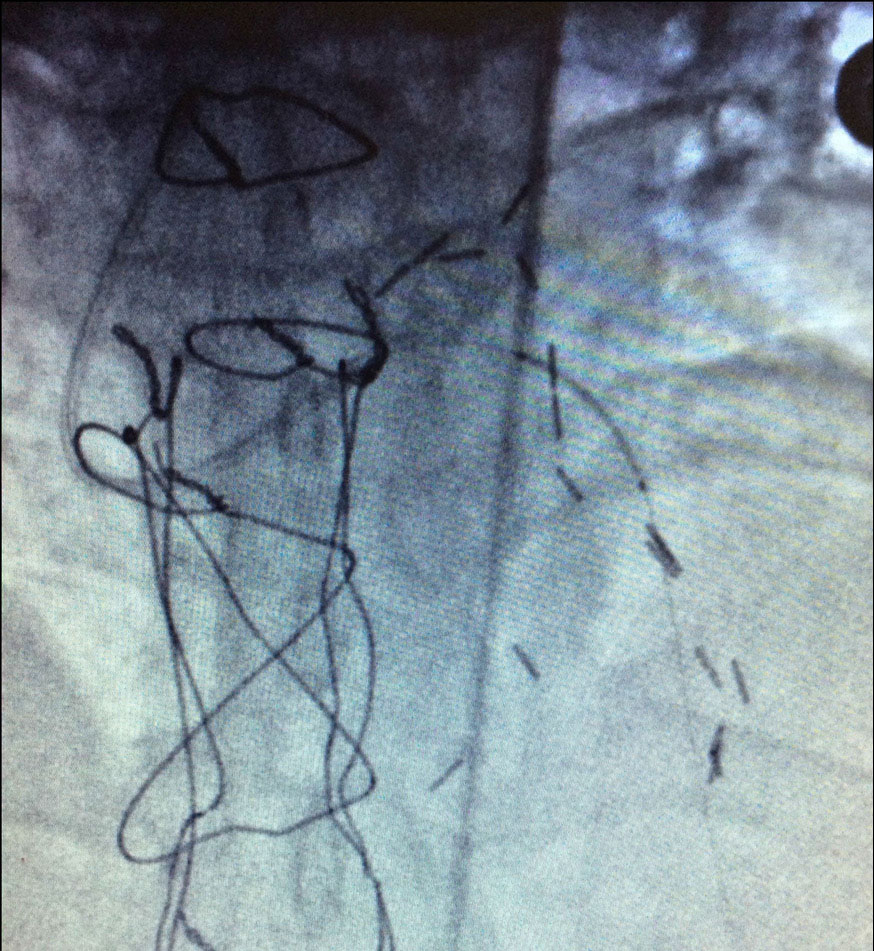
Figure 7:Deploy a 2.5x18mm Endeavor stent at 18atm for 10 seconds at the level of left anterior descending artery.
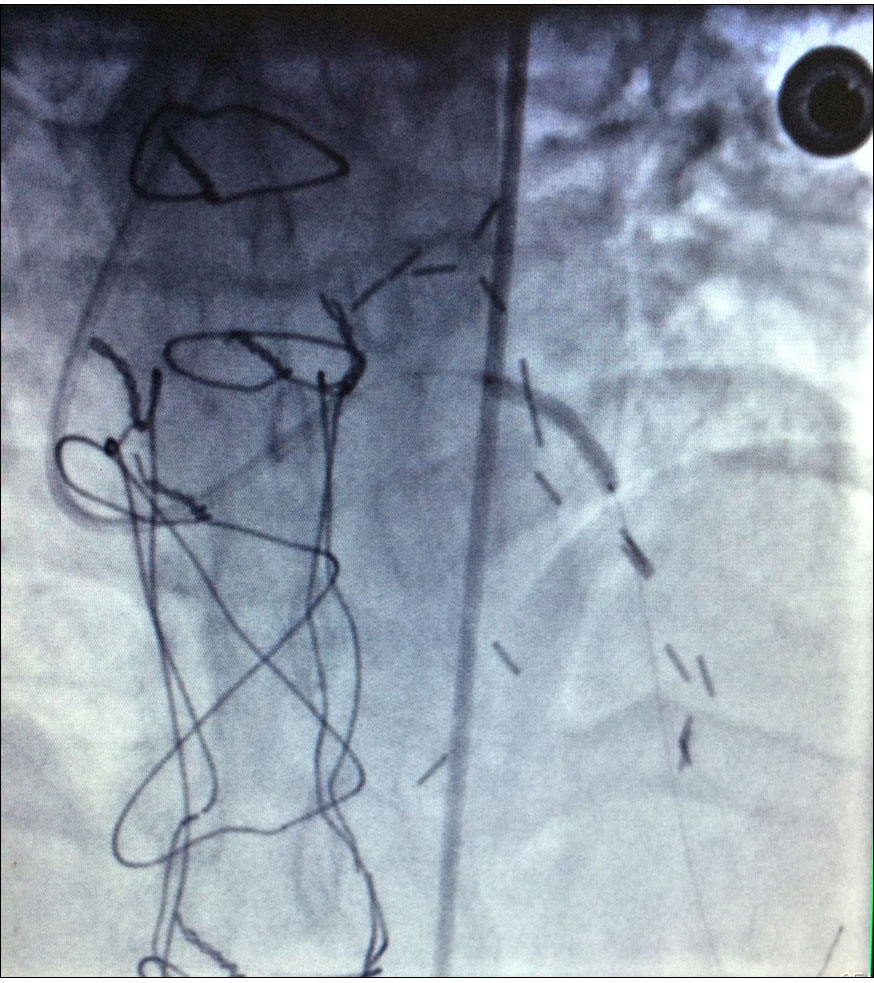
Figure 8:Deploy a 2.5x18mm Endeavor stent at 18atm for 10 seconds at the level of left anterior descending artery.
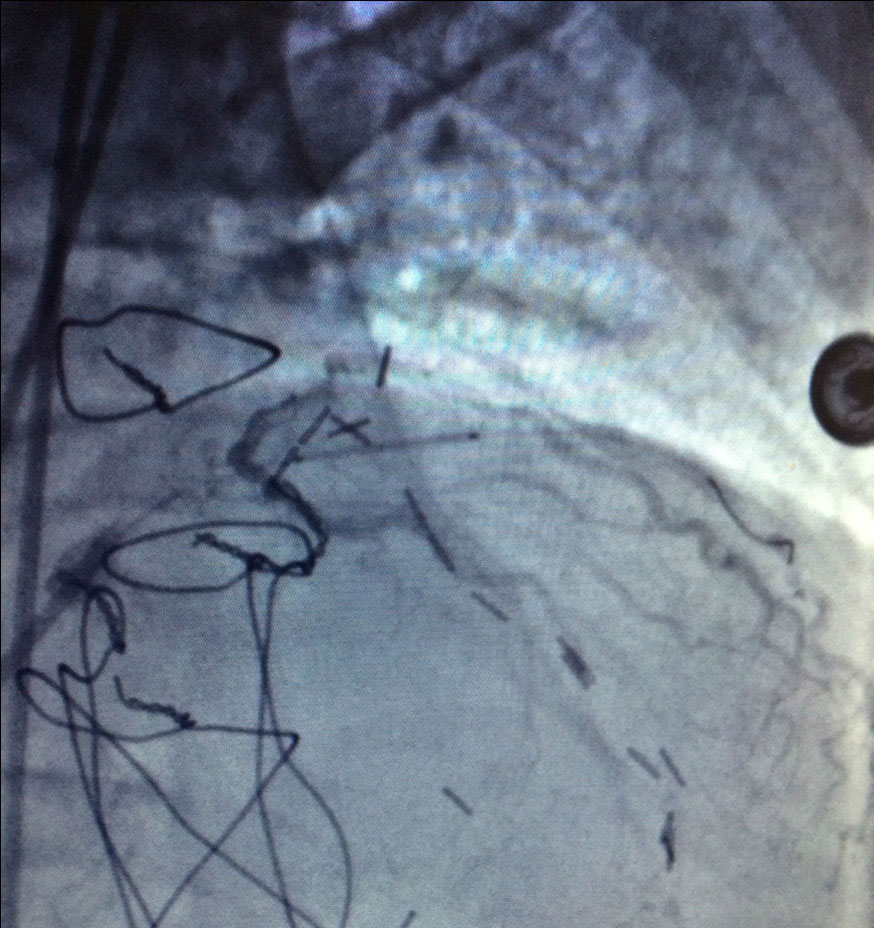
Figure 10:To treat the ramus intermedius to place a 2.5x22mm Endeavor stent inflated at 16 atm for 10 seconds.
To know more about Open access Journals
Publishers Please click on : Juniper Publishers
It is male patient aged 60 with
a history of chronic hypertension, dys-lipidemia, and chronic smoker. 5
years ago the patient had an aorto-coronary bypass to present box
angina class III of Canadian society of cardiology. 6 months after
surgery for coronary revascularization presented symptoms of progressive
angina to be why undergoes a percutaneous coronary intervention (PCI)
of native vessels in 2 times againclass III (SCC), achieving complete
revascularization after placement of medicated sten (endeavor,
Medtronic) zotarolimus-eluting. With excellent angiographic and clinical
outcome. The patient remains asymptomatic and makes normal life.
Keywords: CABG:
Coronaryartery Bypass Grafting: PCI: Percutaneous Coronary Intervention;
CSC: Class III; NV: Native Vessels; DES: Drug-Eluting Sten
History
The patient is a 60 year old man with a known
history of chronic hypertension controlled with enalapril 20mg per day
and mixed uncontrolled dyslipemia. He does not have previous history of
smoking or diabetes. Five years ago he underwent cardiac bypass surgery
that was complicated immediately with mediastinitis secondary to a wound
infection over the sternum; for this reason he was admitted to the
intensive care unit where he remained for two months. Six months after
being discharged, he presented with angina chest pain with dyspnea that
rapidly progressed to minimal efforts even with intensive medical
support. We met him for the first time on November of 2007 when he had a
positive stress test early (positive at 1 minute 10 seconds) in stage I
of the BRUCE protocol with ST depression anteriorly and inferiorly with
a delayed recovery clinically and electrocardiographically.
Angiography
- Normal LM.
- Severe angled lesion at the level of the proximal third of the left anterior descendingartery
- Critical lesion at the level of ramus-intermediusrami
- Severe lesion at the level of the distal third of the CX v OM.
- Right coronary artery with total occlusion at the proximal third [Figure1-3].
Procedure
Through a conventional right femoral approach, the left
coronary ostium was canalized using a 4.0 6Fr Launcher guiding
catheter (Medtronic). Subsequently, a floppy microguide at the
level of the anterior left descending artery was used to cross
the lesion. Balloon dilation was performed to open the vessel
starting with a 1.5x18mm Sprinter balloon (Medtronic) followed
by a 2.0x22mm to finally deploy a 2.5x18mm Endeavor stent at
18atm for 10 seconds at the level of left anterior descending
artery obtaining a satisfactory an geographic result [Figure 3-9].
Five months later we decided to treat the ramus-intermedius.
We pre-dilated the lesion with a 2.5x22mm Sprinter Balloon
(Medtronic) to place a 2.5x22mm Endeavor stent inflated at 16
atm for 10 seconds obtaining good angiographic result [Figure
10-11].
Conclusion
The patient is currently asymptomatic living a normal life. Stress tests were both clinically and electrically negative form to
cardialischemia with good physical capacity.
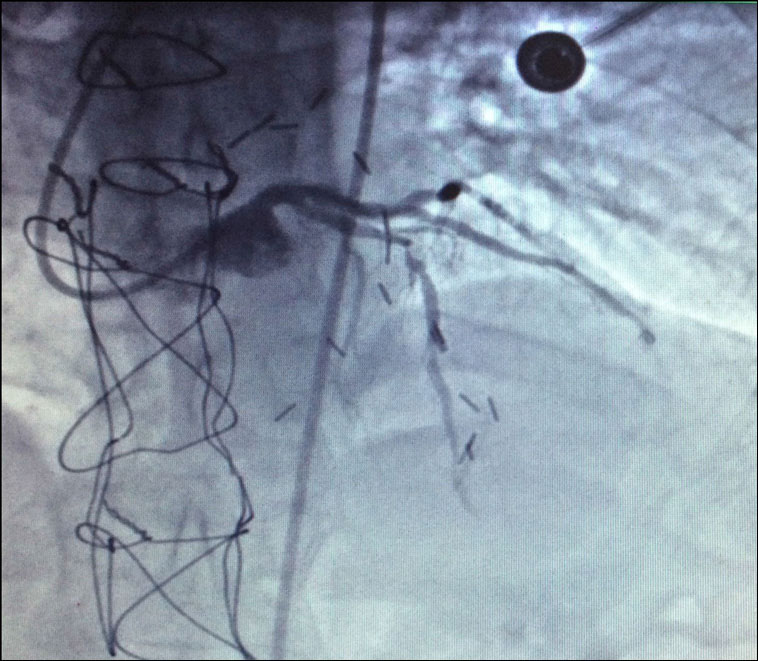
Figure 1:Severe angled lesion at the level of the proximal third of the left anterior descending artery.

Figure 1:Severe angled lesion at the level of the proximal third of the left anterior descending artery.

Figure 4:Balloon dilation was performed to open at the level of the anterior left descending artery the vessel starting with a 1.5x18mm Sprinter balloon (Medtronic).

Figure 5:Balloon dilation was performed to open at the level of the anterior left descending artery the vessel starting with a 1.5x18mm Sprinter balloon (Medtronic).

Figure 7:Deploy a 2.5x18mm Endeavor stent at 18atm for 10 seconds at the level of left anterior descending artery.

Figure 8:Deploy a 2.5x18mm Endeavor stent at 18atm for 10 seconds at the level of left anterior descending artery.

Figure 10:To treat the ramus intermedius to place a 2.5x22mm Endeavor stent inflated at 16 atm for 10 seconds.
To know more about Journal of Cardiology Please
click on :

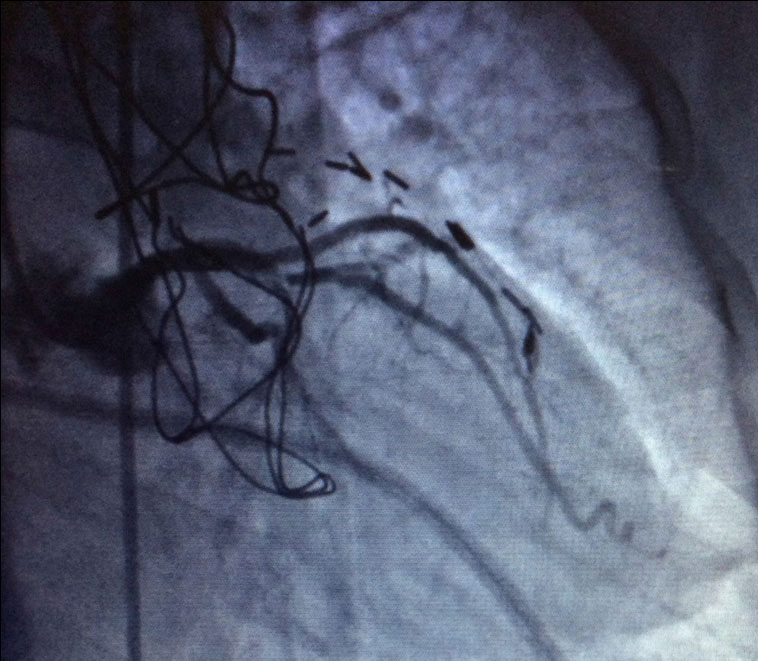
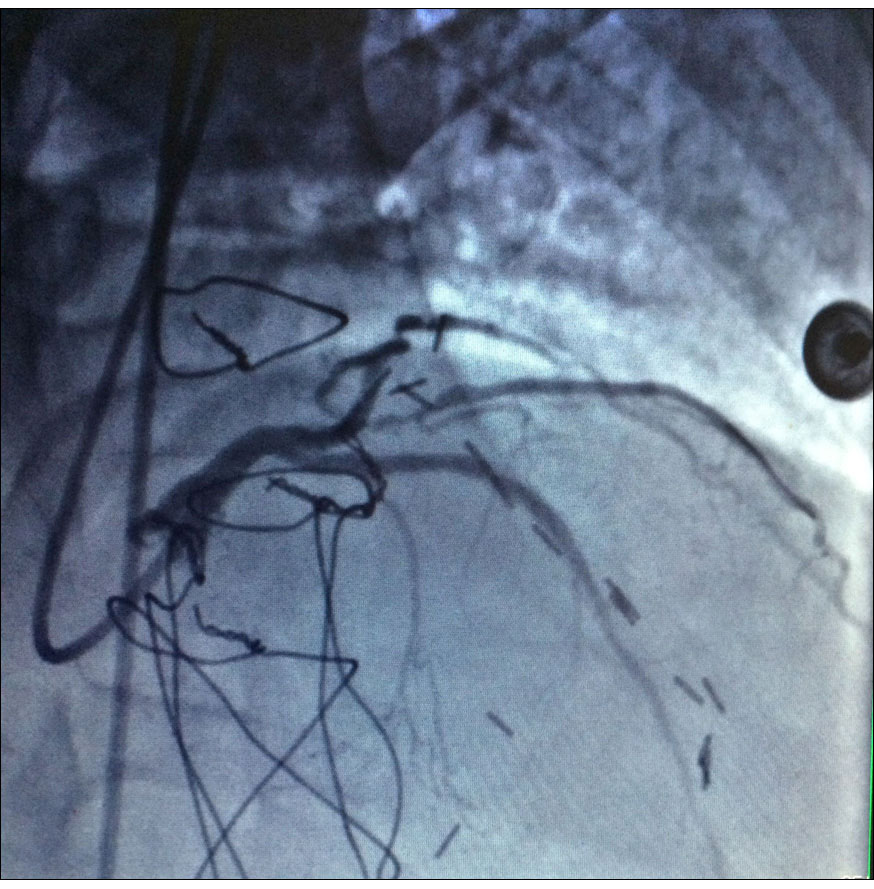
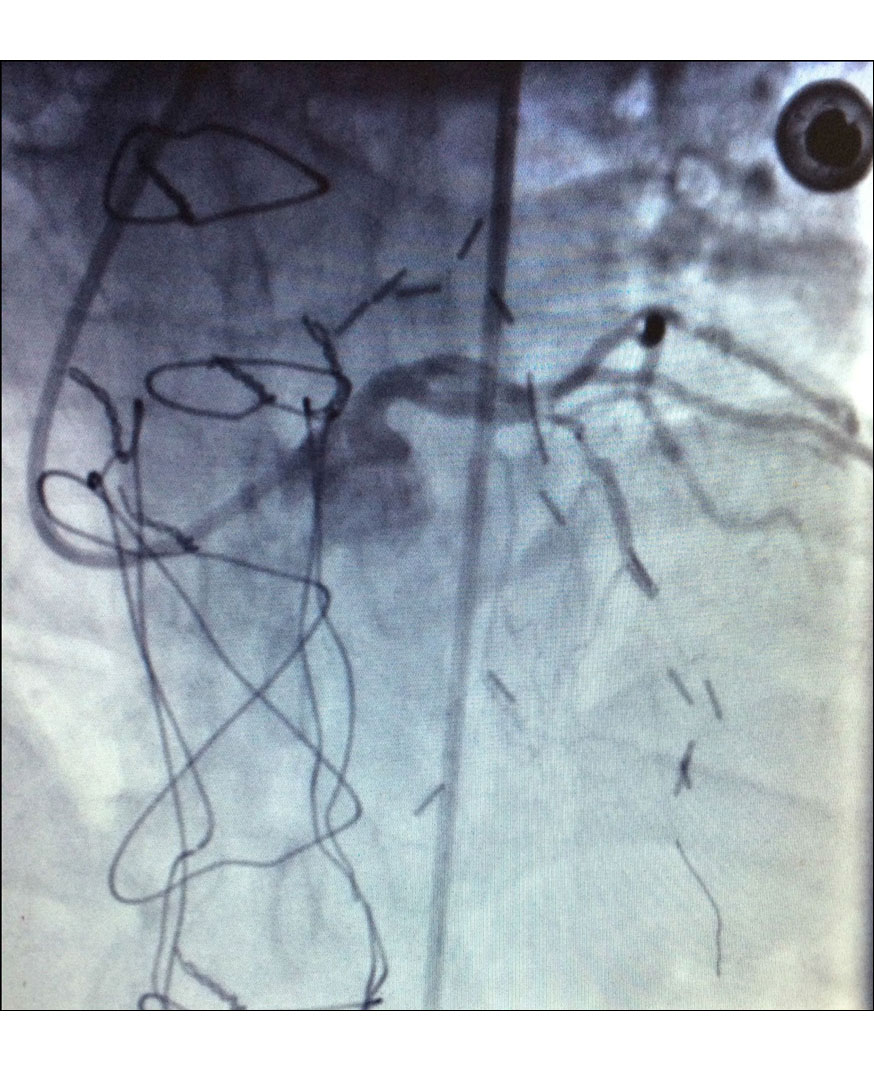
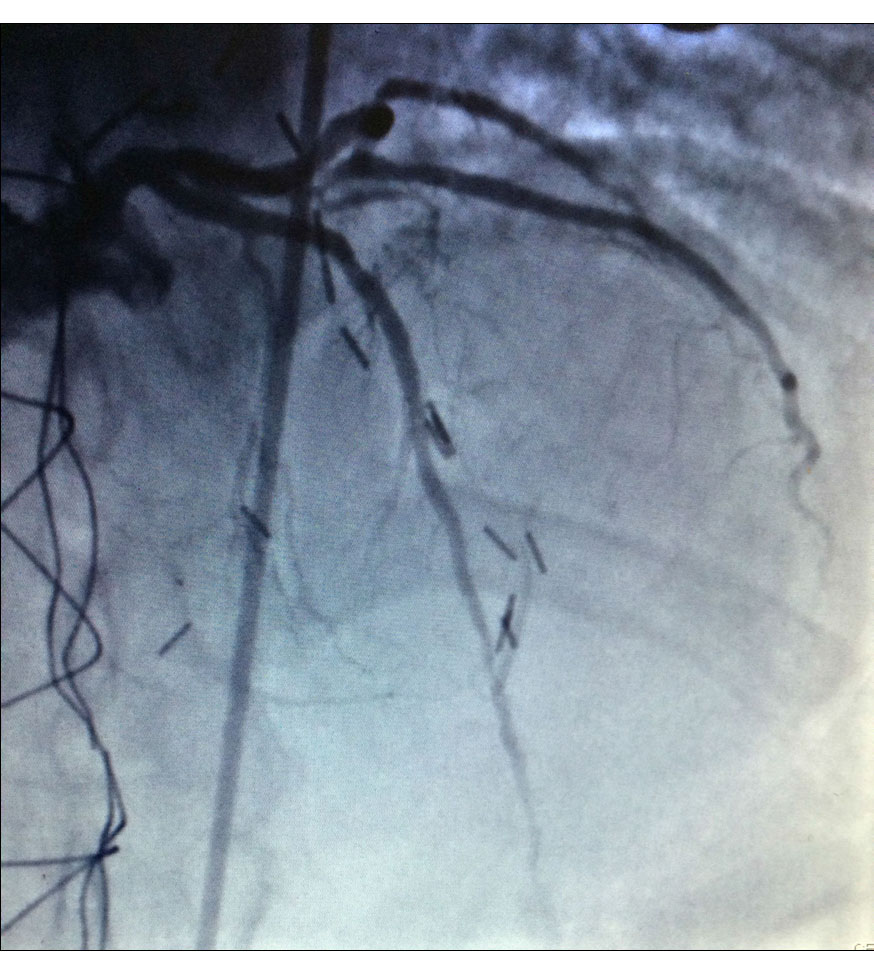
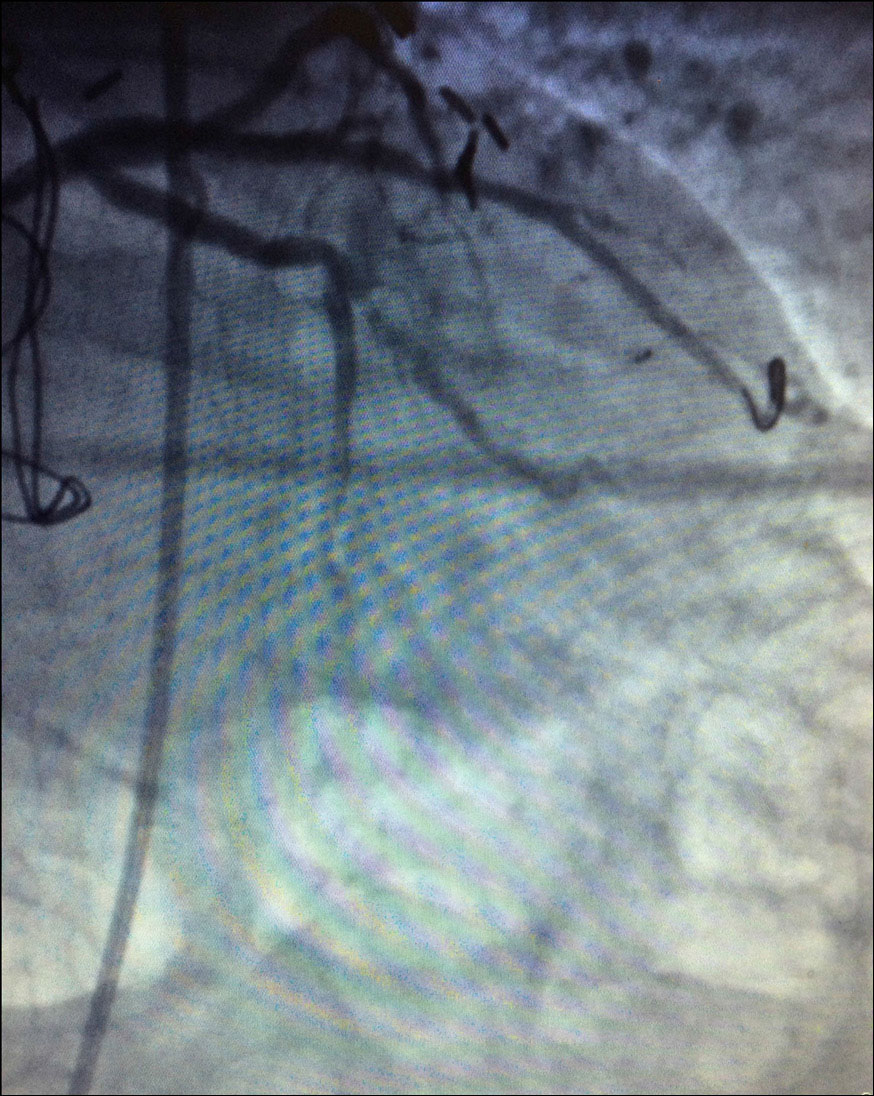

Comments
Post a Comment